Pruning 101: When and How to Prune
Welcome to the world of pruning, where the art of cutting meets the science of plant care! If you're looking to elevate your gardening game, understanding when and how to prune is absolutely essential. Pruning isn't just about snipping away at your plants; it's about fostering healthy growth, enhancing fruit and flower production, and maintaining the overall vitality of your garden. Think of pruning as giving your plants a fresh haircut—one that encourages them to grow fuller and stronger!
So, why is pruning so important? Imagine your plants are like athletes. Just as athletes need proper training and conditioning to perform their best, plants require careful pruning to thrive. By removing dead or overgrown branches, you allow sunlight and air to reach the inner parts of the plant, promoting better health. Additionally, pruning can help shape your plants, giving them a more attractive appearance while also preventing issues like disease and pest infestations. Understanding the significance of pruning can empower you to make informed decisions about your garden's care.
Pruning is not just a chore; it’s a crucial part of garden maintenance. Healthy plants are more resilient to pests and diseases, and they produce more blooms and fruit. Think of it as a rejuvenation process. By cutting away the old, you make way for the new. This is particularly vital for flowering plants, as proper pruning can enhance their blooming cycle. Furthermore, pruning can help control the size of your plants, ensuring they fit well within your garden space without becoming overgrown.
Timing is everything in the world of pruning. Pruning at the wrong time can lead to stunted growth or even damage to your plants. Different plants have different needs, and understanding the best seasons and conditions for pruning can make all the difference. For instance, many trees and shrubs benefit from being pruned in late winter or early spring when they are still dormant. This allows them to heal quickly as they enter their active growth phase. On the other hand, some flowering plants should be pruned immediately after blooming to ensure they have enough time to develop new buds for the next season.
Deciduous trees, those that lose their leaves in the fall, have specific pruning needs. When it comes to these majestic giants, timing is everything. Ideally, you should prune them in late winter or early spring, before new growth begins. This not only minimizes stress on the tree but also allows for better healing. However, if you notice any dead or diseased branches, don’t hesitate to prune them out as soon as you spot them. It’s like giving your tree a health check-up!
So, what’s the deal with spring and winter pruning? Well, think of it this way: winter pruning is like preparing for a big game—you’re getting everything in shape before the action starts. In contrast, spring pruning is about making adjustments based on how the season is unfolding. Winter pruning encourages strong growth, while spring pruning can help shape the tree as it begins to leaf out. Understanding the differences can help you choose the right time for your trees, maximizing their health and beauty.
How do you know when it’s time to prune your tree? Look for signs like dead branches, poor growth, or a crowded canopy. If you see branches crossing each other or rubbing against one another, that’s a clear indication that it’s time for a trim. It’s all about keeping your tree healthy and looking its best. Remember, a little maintenance can go a long way in ensuring your tree remains a stunning centerpiece in your garden!
Now, let’s talk about shrubs. These versatile plants have unique pruning needs based on their growth habits. For flowering shrubs, the best time to prune is right after flowering. This allows the plant to set new buds for the next season. On the other hand, non-flowering shrubs can often be pruned in late winter or early spring. Each type of shrub has its own personality, so understanding their specific needs will help you keep them healthy and vibrant.
You wouldn’t cook a gourmet meal without the right utensils, right? The same principle applies to pruning. Using the right tools is essential for achieving clean cuts and minimizing stress on your plants. Basic pruning tools include hand shears for small branches, loppers for thicker limbs, and pruning saws for larger branches. Each tool serves a specific purpose, so it's crucial to choose the right one for the job.
Let’s break down the essential tools you’ll need:
- Hand Shears: Perfect for small branches and delicate plants.
- Loppers: Ideal for thicker branches that are too robust for hand shears.
- Pruning Saws: Best for larger limbs that require more power.
Choosing the right tool not only makes your job easier but also ensures the health of your plants. A clean cut heals faster, preventing the risk of disease.
Just like you wouldn’t drive a car with worn-out tires, you shouldn’t use dull pruning tools. Keeping your tools in good condition is crucial for effective pruning. Regularly clean your tools after use to prevent the spread of disease. Sharpening them periodically will make your cuts cleaner and more efficient. Remember, a well-maintained tool is your best friend in the garden!
Q: How often should I prune my plants?
A: It depends on the type of plant. Generally, pruning is done annually, but some plants may require more frequent attention.
Q: Can I prune my plants in the fall?
A: It’s best to avoid pruning in the fall as it can stimulate new growth that may not survive the winter.
Q: What should I do with the clippings?
A: You can compost them, use them as mulch, or dispose of them according to your local yard waste guidelines.
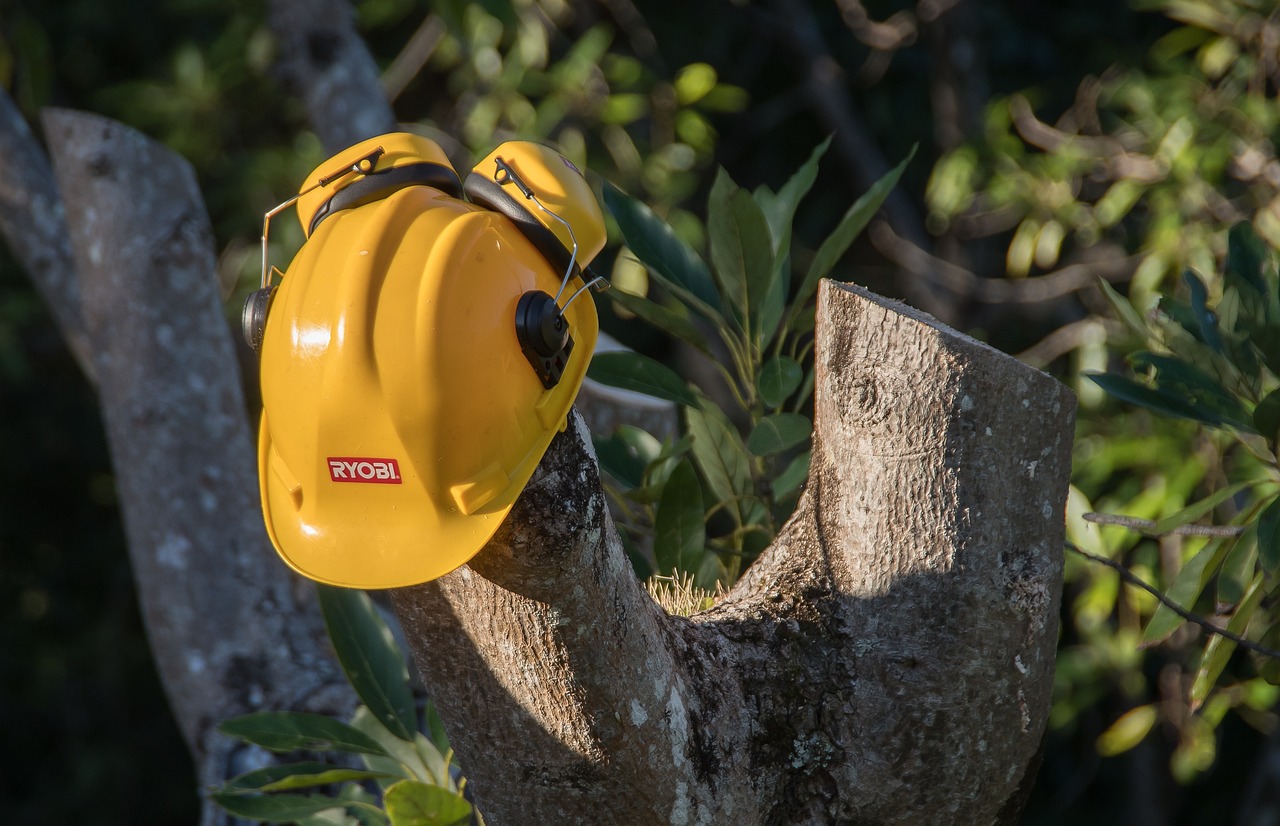
The Importance of Pruning
Pruning is not just a task to check off your gardening list; it's a critical practice that can make or break the health of your plants. Think of it as a haircut for your garden. Just as a well-timed trim can revitalize your hair, pruning can invigorate your plants, leading to healthier growth and more abundant blooms and fruits. The significance of pruning goes beyond aesthetics; it directly impacts the longevity and productivity of your plants.
When you prune, you're essentially giving your plants a chance to breathe and thrive. Overgrown branches can block sunlight and air circulation, creating a perfect storm for pests and diseases. By removing these problematic areas, you’re not only enhancing the appearance of your plants but also fostering an environment where they can flourish. Here are some key benefits of pruning:
- Encourages New Growth: By cutting back old growth, you stimulate the plant to produce new shoots, leading to a fuller, healthier plant.
- Improves Air Circulation: Proper pruning allows for better airflow, reducing the risk of fungal diseases.
- Enhances Flower and Fruit Production: Pruning can lead to a more fruitful harvest by directing the plant's energy into producing blooms and fruits instead of maintaining excess foliage.
- Shapes and Controls Size: Regular pruning helps maintain the desired shape and size of your plants, preventing them from becoming unruly.
Moreover, pruning is an excellent way to remove any dead or diseased branches. Think of it as a protective measure for your garden. Just like how you would treat an infected wound on your body, pruning away unhealthy parts of your plants can prevent the spread of disease and promote overall health.
Understanding the importance of pruning can empower you as a gardener. It’s not just about cutting; it’s about making informed decisions that lead to a thriving garden. So, the next time you pick up your shears, remember: you’re not just trimming; you’re nurturing your plants for a brighter, more productive future!
Q: How often should I prune my plants?
A: The frequency of pruning depends on the type of plant and its growth rate. Generally, most flowering plants benefit from annual pruning, while some fast-growing species may need more frequent attention.
Q: Can I prune in any season?
A: While some plants can be pruned year-round, it's best to follow specific guidelines for each type. Most deciduous trees are pruned in late winter or early spring, while flowering shrubs often benefit from pruning after they bloom.
Q: What happens if I prune too much?
A: Over-pruning can stress your plants and lead to poor growth or even death. Always prune with care and consider the plant's overall health and growth patterns.

When to Prune
Timing is everything when it comes to pruning your plants. Just like a chef knows when to add spices to a dish, a gardener must understand the right moments to prune for optimal growth and health. Pruning at the wrong time can lead to unnecessary stress for the plant, which is something no gardener wants. So, when is the best time to get your pruning shears out? Let's dive into the details!
Generally, the best time to prune depends on the type of plant you are dealing with. For most deciduous trees and shrubs, late winter or early spring is ideal, just before new growth begins. This timing allows you to see the structure of the plant clearly, making it easier to identify which branches need to go. On the other hand, evergreen trees can often be pruned in late spring or summer after their new growth has hardened off. Each plant has its own rhythm, and understanding these rhythms is crucial.
Another important factor to consider is the plant's flowering cycle. For example, if you have a shrub that blooms in the spring, you should prune it right after it flowers. Why? Because pruning it before it blooms would mean cutting off the buds that are about to burst into beautiful flowers! Conversely, shrubs that bloom in the summer should be pruned in the late winter or early spring. It’s all about timing your cuts to ensure you’re not sacrificing blooms for the sake of shape.
To make things clearer, here’s a quick overview of when to prune different types of plants:
| Plant Type | Best Time to Prune |
|---|---|
| Deciduous Trees | Late Winter to Early Spring |
| Evergreen Trees | Late Spring to Summer |
| Spring-Blooming Shrubs | After Blooming |
| Summer-Blooming Shrubs | Late Winter to Early Spring |
It's also essential to consider the weather conditions when planning your pruning session. A dry day is preferable, as wet conditions can lead to diseases entering through the cuts you make. Plus, if the ground is frozen, it’s best to wait until it thaws to avoid damaging the roots. Think of it like trying to cut a cake while it’s still frozen; it just won’t work out well!
Lastly, always keep an eye out for signs that indicate your plants need pruning. Dead or diseased branches may need immediate attention, while overgrown plants can benefit from a good trim to promote air circulation and sunlight penetration. Remember, pruning isn’t just about aesthetics; it’s about keeping your plants healthy and thriving!
- What happens if I prune at the wrong time? Pruning at the wrong time can lead to reduced blooms, stunted growth, or even damage to the plant.
- Can I prune my plants in the fall? It’s generally not recommended to prune in the fall as it can stimulate new growth that may not survive the winter.
- How do I know if my plant needs pruning? Look for dead branches, poor growth, or overcrowded areas in your plants.
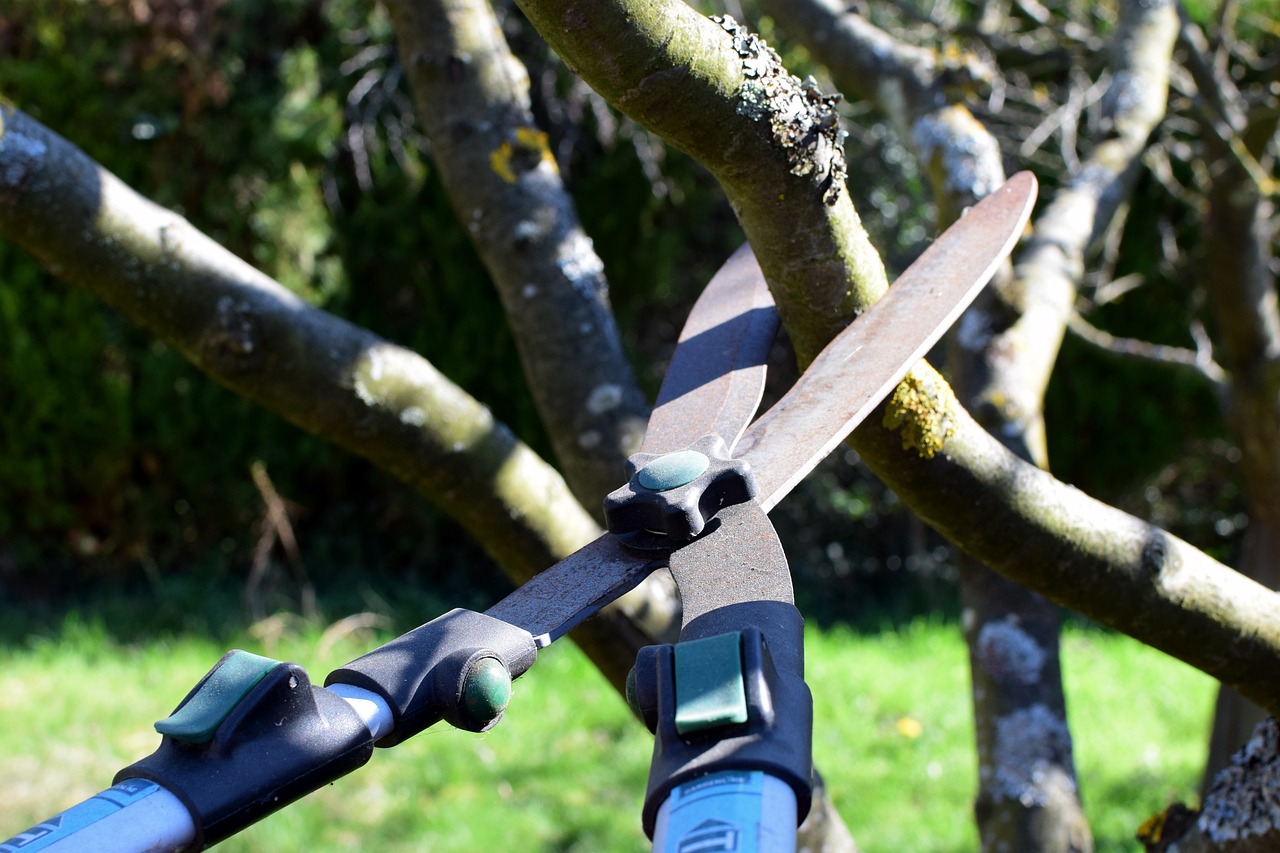
Pruning Deciduous Trees
Pruning deciduous trees is an essential practice that can significantly affect their health and growth. These trees, which shed their leaves annually, require specific timing and techniques to ensure they flourish year after year. When you think about it, pruning is much like giving your tree a fresh haircut—it helps them look good and grow strong! But when exactly should you wield those shears? The answer lies in understanding their growth cycles and seasonal patterns.
Typically, the best time to prune deciduous trees is during the late winter to early spring, just before new growth begins. This timing allows you to make cuts while the tree is still dormant, minimizing stress and encouraging robust growth once the warmer weather arrives. However, some trees may benefit from summer pruning to control their size and shape. It's crucial to know your specific tree species and its unique needs. For example, oak trees are best pruned in late winter, while birch trees should be pruned in late summer to avoid sap loss.
Another important aspect to consider is the signs that indicate your tree needs pruning. Look for dead or diseased branches, which can compromise the health of your tree. Additionally, if you notice poor growth or a crowded canopy, it might be time to clear out some branches to allow for better air circulation and sunlight penetration. Remember, pruning is not just about aesthetics; it’s about fostering a healthy environment for your tree to thrive.
When pruning, always aim for clean cuts. Using sharp tools reduces the risk of injury to the tree and promotes faster healing. After all, no one likes a jagged haircut! If you're unsure about how much to prune, a good rule of thumb is to remove no more than 25% of the tree's canopy in a single season. This ensures the tree retains enough foliage to photosynthesize effectively and continue growing strong.
In summary, pruning deciduous trees is a vital practice that requires careful timing and technique. By understanding when to prune and recognizing the signs that a tree needs attention, you can help your tree flourish and maintain its beauty for years to come. So, grab those pruning shears and get ready to give your trees the care they deserve!
- When is the best time to prune deciduous trees? Late winter to early spring is ideal, just before new growth starts.
- How much of the tree can I prune at once? It’s best to limit pruning to no more than 25% of the canopy in a single season.
- What tools do I need for pruning? Essential tools include sharp shears, loppers, and pruning saws.
- How can I tell if my tree needs pruning? Look for dead branches, signs of disease, or poor growth patterns.
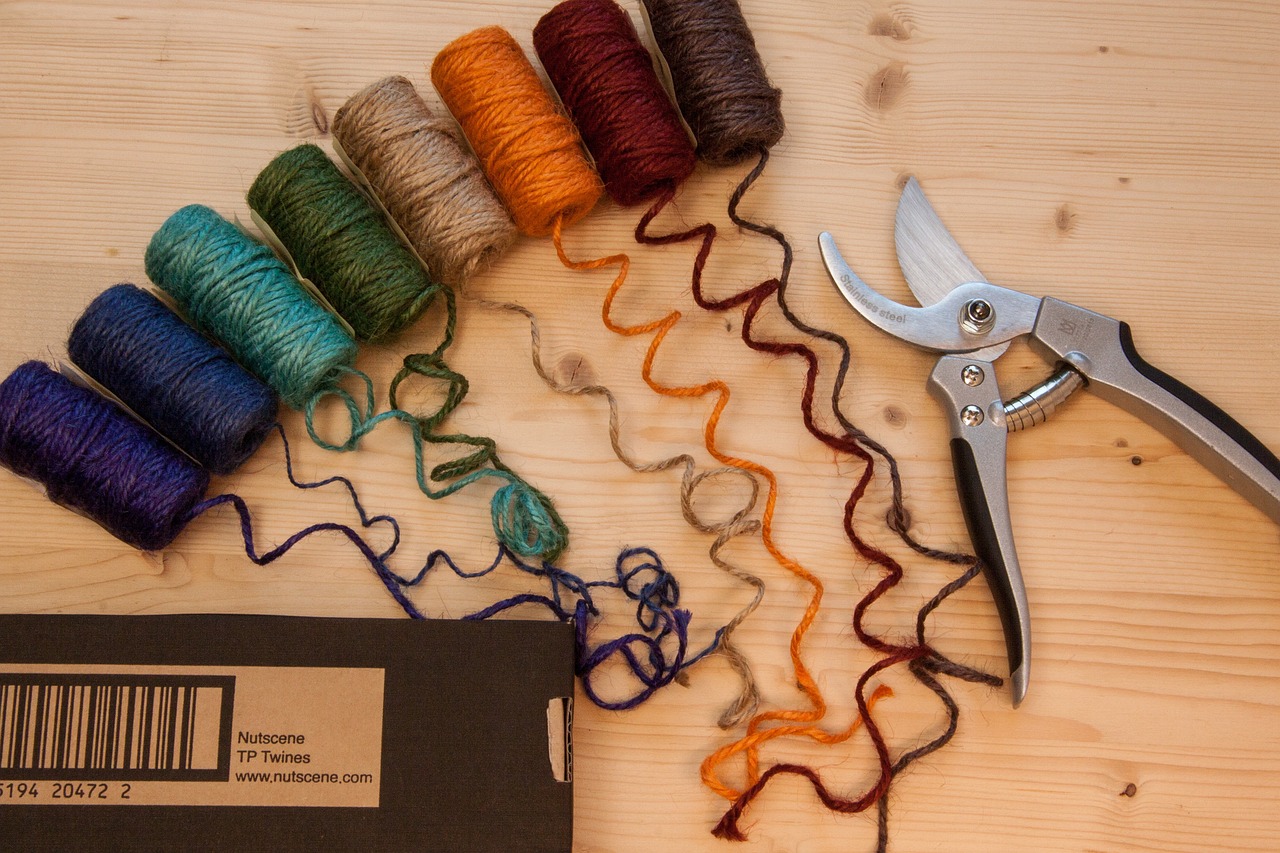
Spring vs. Winter Pruning
When it comes to pruning deciduous trees, timing is everything. The debate between spring and winter pruning often leaves gardeners scratching their heads. So, what’s the big deal? Well, each season offers distinct advantages that can significantly impact your trees' health and productivity. Let’s break it down!
Spring pruning typically occurs just before the buds begin to swell. This timing is crucial because it allows you to see the tree's structure more clearly, revealing any dead or damaged branches that need attention. Additionally, pruning in spring encourages new growth, as the tree is gearing up for the active growing season. Imagine it as giving your tree a fresh haircut just in time for summer parties! However, spring pruning can also be a double-edged sword. If you prune too late, you risk cutting off new growth that could have produced flowers or fruit.
On the flip side, winter pruning is often recommended for its ability to promote strong, healthy growth. During winter, trees enter a dormant phase, making it easier to see their structure without the distraction of leaves. Pruning during this time can help shape the tree and remove any weak or crossing branches. Think of it as a strategic move in a game of chess – you’re setting your tree up for success in the coming spring. However, be cautious; extreme cold can stress trees, so aim for milder winter days.
Here’s a quick overview of the pros and cons of each method:
| Pruning Method | Advantages | Disadvantages |
|---|---|---|
| Spring Pruning |
|
|
| Winter Pruning |
|
|
In conclusion, the choice between spring and winter pruning depends largely on your specific tree species and local climate. Understanding the unique needs of your trees will help you make informed decisions that lead to a flourishing garden. So, whether you choose to snip in spring or cut back in winter, just remember: every cut counts!
- What is the best time to prune my trees? It varies by species, but generally, winter is ideal for most deciduous trees.
- Can I prune flowering trees in spring? Yes, but be cautious not to remove too many buds that will produce flowers.
- How do I know if my tree needs pruning? Look for dead branches, poor growth, or crossing limbs that could cause issues.
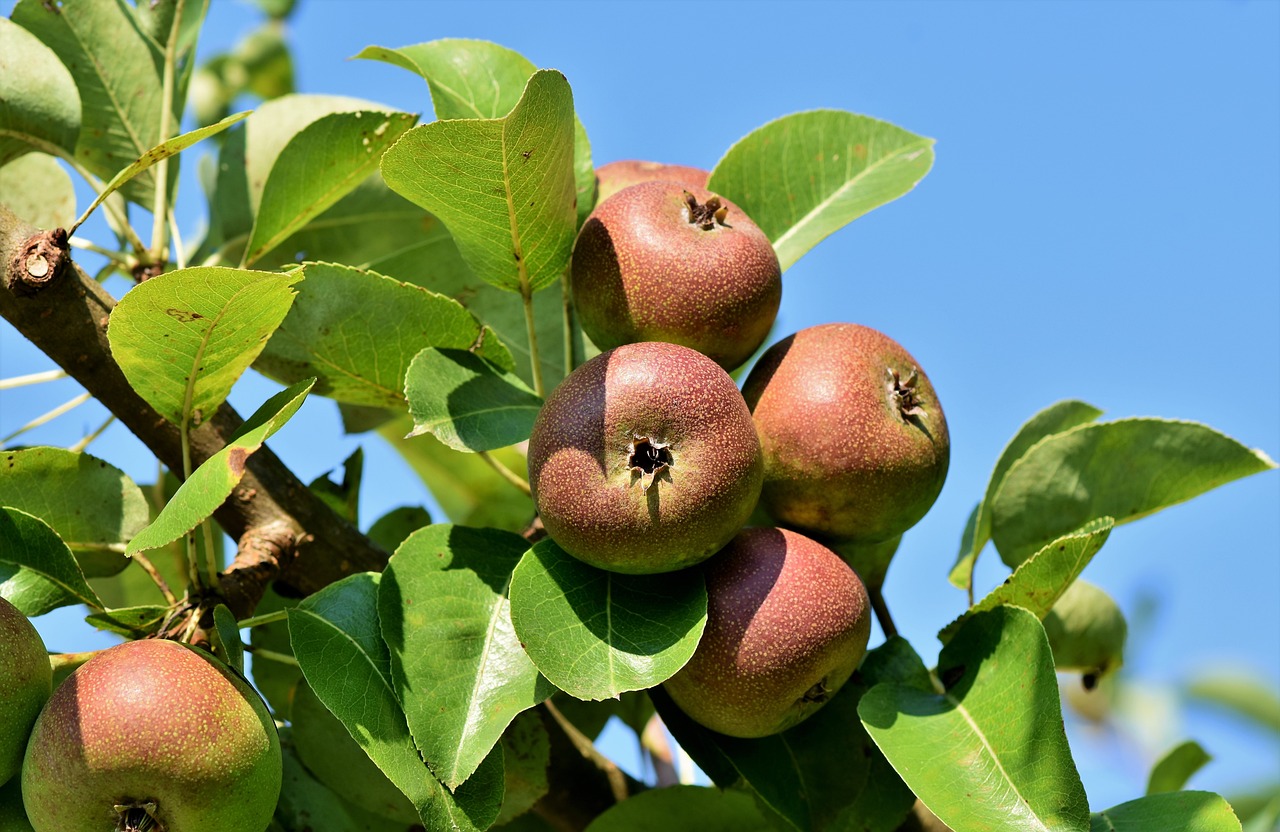
Signs Your Tree Needs Pruning
Knowing when to prune your trees can be as tricky as finding a needle in a haystack. Fortunately, there are several clear signs that indicate your tree is in dire need of some TLC. First and foremost, look for dead or dying branches. These branches not only detract from the aesthetic appeal of your tree but can also pose a safety hazard. If you notice a branch that is brittle, crumbling, or devoid of leaves, it’s time to grab those pruning shears.
Another red flag is poor growth patterns. If your tree seems to be growing unevenly, with one side significantly fuller than the other, it may indicate that it’s not getting the light it needs. Pruning can help balance the growth and allow sunlight to reach the inner branches, promoting a more uniform shape. Additionally, if you notice crossing branches—those that rub against each other—pruning can prevent further damage and disease, as these can create wounds that invite pests and pathogens.
Moreover, if your tree is producing excessive suckers, which are those pesky shoots that grow from the base or along the trunk, it’s a clear sign that your tree is trying to tell you something. These suckers can sap energy from the main branches, leading to a weaker tree overall. By pruning them back, you’ll help your tree focus its energy where it counts. Lastly, if your tree is overcrowded—with too many branches competing for space—this can lead to poor air circulation and increased vulnerability to disease. Regular pruning can alleviate this issue, allowing your tree to thrive.
In summary, here are the key signs your tree needs pruning:
- Dead or dying branches
- Poor growth patterns
- Crossing branches
- Excessive suckers
- Overcrowded branches
By keeping an eye out for these indicators, you’ll be better equipped to maintain the health and beauty of your trees. Remember, a well-pruned tree is not just a sight for sore eyes; it’s also a healthy tree that can withstand the test of time.
Q: How often should I prune my trees?
A: It depends on the type of tree and its growth rate. Generally, most trees benefit from pruning once a year, while others might need it every few years. Regular monitoring is key!
Q: Can I prune my trees in the fall?
A: While some trees can be pruned in the fall, it’s usually best to wait until winter or early spring when trees are dormant. This helps minimize stress on the tree.
Q: What happens if I prune at the wrong time?
A: Pruning at the wrong time can lead to poor growth, increased susceptibility to disease, and even death in extreme cases. Always research the specific needs of your tree species.
Q: Do I need to use sealants on cuts?
A: Most experts recommend against using sealants, as they can trap moisture and lead to rot. Proper pruning techniques should minimize the need for sealants.
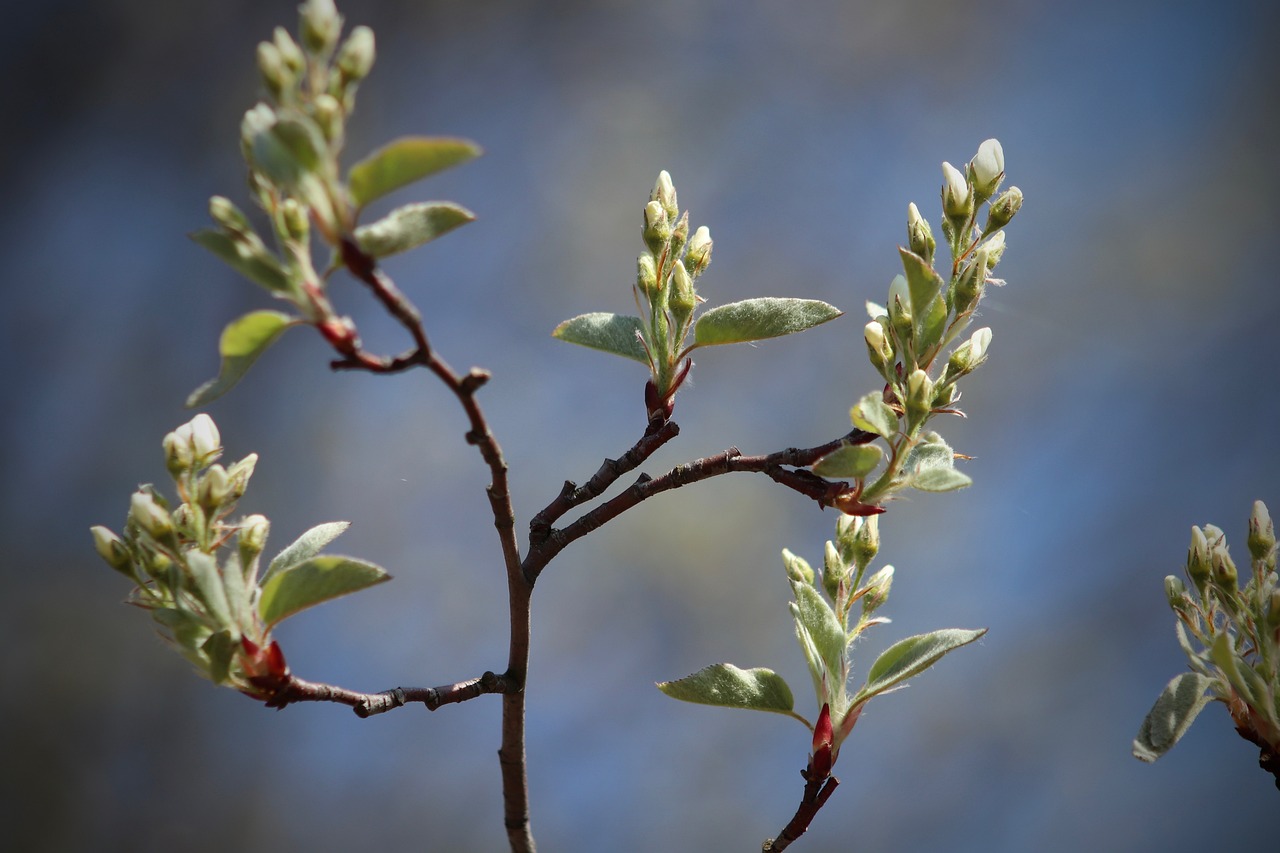
Pruning Shrubs
Pruning shrubs is like giving your plants a much-needed haircut; it helps them look their best while promoting healthy growth. But unlike a simple trim, the process of pruning shrubs requires a bit of knowledge about the specific types of shrubs you’re working with. Different shrubs have unique growth habits, and understanding these can make all the difference in how you approach pruning. For instance, some shrubs bloom on old wood, while others bloom on new growth. Knowing this can prevent you from cutting off potential flowers before they even have a chance to bloom!
Timing is everything when it comes to pruning shrubs. Generally, the best time to prune is during the late winter or early spring before new growth begins. However, this can vary depending on the type of shrub. For example, if you have flowering shrubs that bloom in spring, like forsythia or lilacs, you should prune them right after they finish flowering. On the other hand, summer-blooming shrubs, such as hydrangeas and butterfly bushes, can be pruned in late winter or early spring.
When pruning, it's important to consider the overall shape and size of the shrub. You want to enhance its natural form rather than create an awkward shape. Start by removing any dead or diseased branches, as these can hinder the plant's growth and attract pests. Next, look for any branches that are crossing or rubbing against each other. These can create wounds on the plant, making it susceptible to disease. Remember, the goal of pruning is not just to make the shrub look nice, but to promote a healthier, more vigorous plant.
Here’s a quick guide to help you remember the basic pruning techniques for different types of shrubs:
| Shrub Type | Pruning Time | Key Techniques |
|---|---|---|
| Spring-blooming | Immediately after flowering | Remove spent flowers, thin out crowded areas |
| Summer-blooming | Late winter to early spring | Cut back to shape, remove dead or weak stems |
| Evergreen | Late winter | Light trimming to maintain shape, remove dead branches |
In addition to timing and techniques, the tools you use can significantly impact the outcome of your pruning efforts. Sharp, clean tools will make cleaner cuts, which minimizes damage to the plant. Whether you’re using hand shears for small branches or loppers for thicker ones, always ensure your tools are well-maintained. A dull blade can tear the plant tissue, increasing the risk of disease.
Lastly, don’t forget about the aftercare of your shrubs post-pruning. Watering them adequately and applying a layer of mulch can help retain moisture and protect the roots as they recover from the pruning stress. Think of it as a spa day for your shrubs; they’ve just been groomed, and now they need a little TLC to thrive!
- What is the best time to prune my shrubs? It depends on the type of shrub. Generally, late winter or early spring is ideal, but spring-blooming shrubs should be pruned right after they flower.
- How much should I prune? A good rule of thumb is to remove no more than one-third of the plant at a time to avoid stressing it.
- Can I prune shrubs in the fall? It's not recommended, as pruning in the fall can stimulate new growth that may not survive the winter.
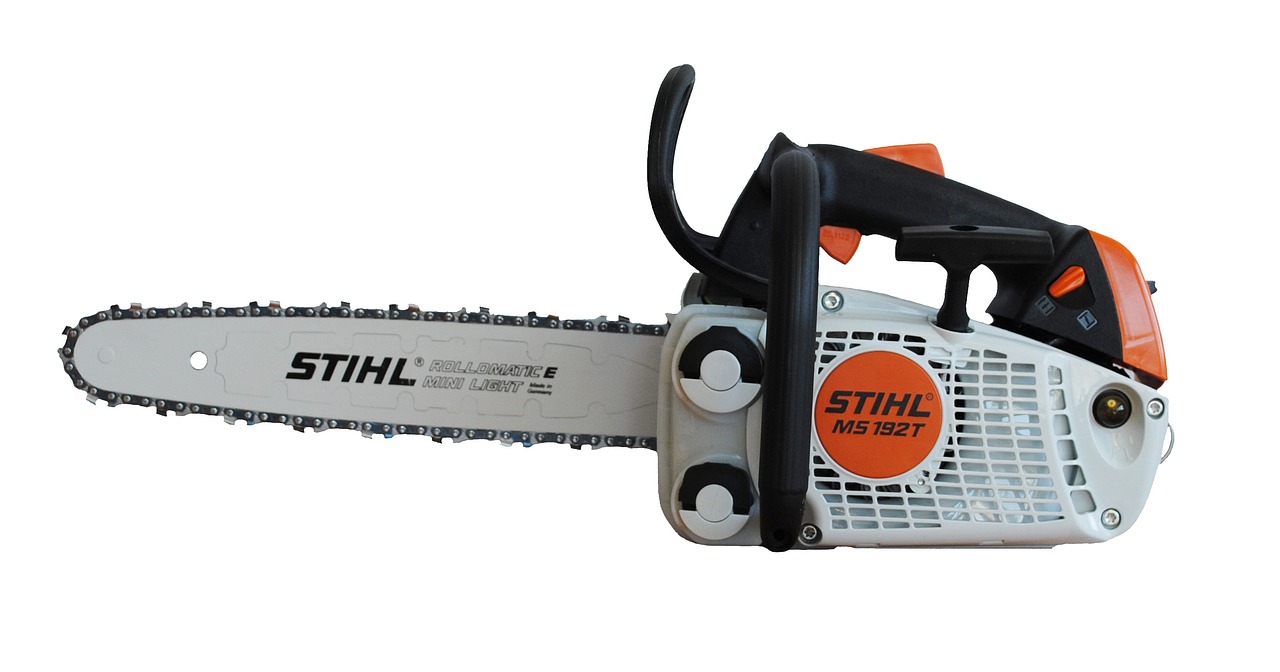
Tools for Effective Pruning
When it comes to pruning, having the right tools is just as important as knowing when and how to prune. Using the correct tools can make a world of difference, ensuring that your cuts are clean and precise, which minimizes stress on the plants. Imagine trying to slice a loaf of bread with a dull knife; the same principle applies to pruning. A clean cut heals faster, allowing your plants to recover and thrive. So, what tools do you need to get started?
First and foremost, you’ll want to invest in quality pruning shears. These are essential for making quick, clean cuts on small branches and stems. Look for a pair that feels comfortable in your hand and has a sharp blade. Additionally, you might want to consider bypass shears over anvil shears, as they tend to be more effective for live branches. But that’s just the tip of the iceberg!
Next up are loppers, which are perfect for tackling thicker branches that your pruning shears can't handle. They provide the leverage needed to cut through larger limbs without straining your hands. Think of them as the heavy-duty version of your shears. If you find yourself dealing with branches that are even thicker, a pruning saw will be your best friend. These saws come in various sizes and styles, so choose one that suits your specific needs.
To help you visualize the differences, here’s a quick table summarizing the various pruning tools:
| Tool | Best For | Key Features |
|---|---|---|
| Pruning Shears | Small branches and stems | Sharp blades, comfortable grip |
| Loppers | Thicker branches | Long handles for leverage |
| Pruning Saw | Very thick branches | Variety of sizes, effective cutting |
Now that we’ve covered the basics, let’s talk about the maintenance of these tools. Keeping your pruning tools in tip-top shape is crucial for effective pruning. Here are some tips to ensure your tools remain sharp and functional:
- Cleaning: After each use, wipe down the blades with a damp cloth to remove sap and debris. This prevents rust and keeps them sharp.
- Sharpening: Regularly sharpen your shears and saws to maintain their cutting prowess. A sharp blade requires less force, making your job easier.
- Storage: Store your tools in a dry place to prevent rust. Consider hanging them or keeping them in a toolbox to avoid damage.
In conclusion, investing in the right tools and maintaining them properly can elevate your pruning game significantly. It’s like having the best cooking utensils in your kitchen; they make the process smoother and more enjoyable. So, gear up, and let’s get those plants looking their best!
Q: How often should I prune my plants?
A: It depends on the type of plant. Most deciduous trees and shrubs benefit from annual pruning, while some flowering plants may require more frequent attention.
Q: Can I prune in the fall?
A: Generally, it’s best to avoid pruning in the fall, as it can stimulate new growth that may not survive the winter. Late winter or early spring is usually the ideal time.
Q: What should I do with the clippings?
A: You can compost the clippings or use them as mulch. Just ensure they’re free from disease before adding them to your compost pile.
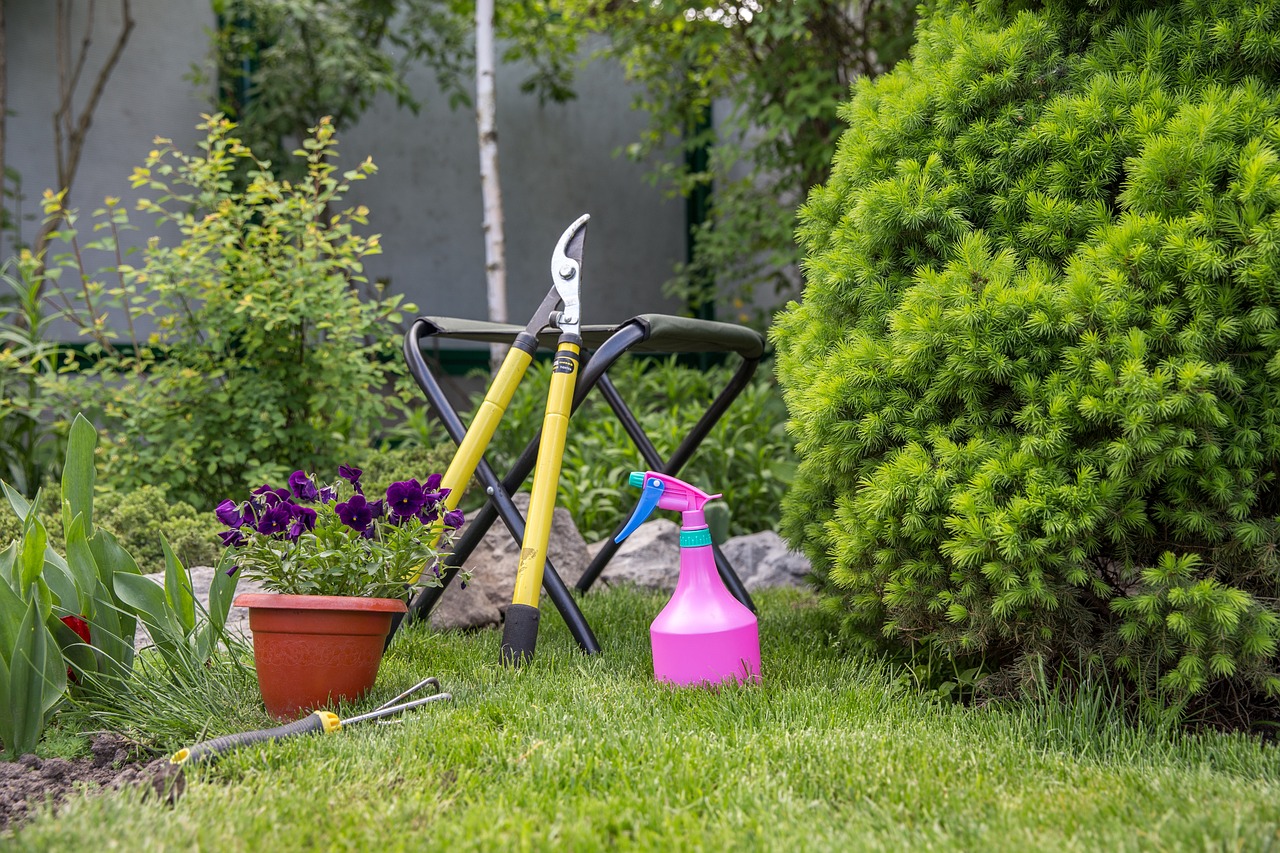
Types of Pruning Tools
When it comes to pruning, having the right tools in your arsenal can make all the difference between a successful trim and a botched job. Think of your pruning tools as an artist's brushes; each one is designed for a specific purpose, allowing you to create a masterpiece in your garden. Let's delve into the essential types of pruning tools you need to ensure your plants thrive.
The most common tool you'll encounter is the pruning shear. These handy devices are perfect for cutting small branches and stems. They come in two main types: bypass shears and anvil shears. Bypass shears work like scissors, with two blades that slide past each other, making clean cuts that are less likely to damage your plants. On the other hand, anvil shears have a single blade that cuts against a flat surface, which is great for tougher, thicker branches but can leave a rougher cut.
Next up, we have loppers. If you’ve ever tried to prune a tree or shrub and found that your shears just wouldn’t cut it (pun intended), loppers are your answer. These tools have long handles, providing extra leverage for cutting larger branches. They come in both bypass and anvil styles as well, and their extended reach means you can tackle those hard-to-reach spots without climbing a ladder.
For those really stubborn branches, you might need a pruning saw. These come in various shapes and sizes, including foldable saws that are easy to store and carry. Pruning saws are designed to cut through thicker branches and can handle the job where shears just won't suffice. Remember, a sharp saw will make your job easier and reduce stress on the plant.
Lastly, don’t forget about hedge trimmers. These are essential for shaping shrubs and hedges, giving your garden that neatly manicured look. They come in manual and electric versions. While manual trimmers require a bit more muscle, electric trimmers can save you time and effort, especially for larger areas.
To summarize, here’s a quick comparison of the types of pruning tools:
| Tool Type | Best For | Notes |
|---|---|---|
| Pruning Shears | Small branches and stems | Bypass for clean cuts; anvil for tougher branches |
| Loppers | Medium branches | Long handles for leverage |
| Pruning Saw | Thick branches | Sharp blades for efficient cutting |
| Hedge Trimmers | Shaping shrubs and hedges | Available in manual and electric |
In conclusion, selecting the right pruning tools can significantly enhance your gardening experience. Just like a chef needs the right knives, a gardener needs the right tools to achieve that perfect cut. So, whether you’re snipping away at delicate flowers or tackling thick branches, ensure you have the appropriate tool for the job. Happy pruning!
Q1: How often should I prune my plants?
A: The frequency of pruning depends on the type of plant. Generally, most shrubs benefit from annual pruning, while trees may require it every few years. Always observe your plants for signs of overgrowth or dead branches.
Q2: Can I use regular scissors for pruning?
A: While you can use regular scissors for very light pruning, they are not designed for the job. Using proper pruning tools will ensure cleaner cuts and reduce the risk of damaging your plants.
Q3: What is the best time of year to prune?
A: The best time to prune varies by plant type. For most deciduous trees and shrubs, late winter or early spring is ideal before new growth starts. However, some flowering plants may require pruning after their blooms fade.
Q4: How do I maintain my pruning tools?
A: Regular maintenance includes cleaning your tools after each use, sharpening blades as needed, and storing them in a dry place to prevent rust.
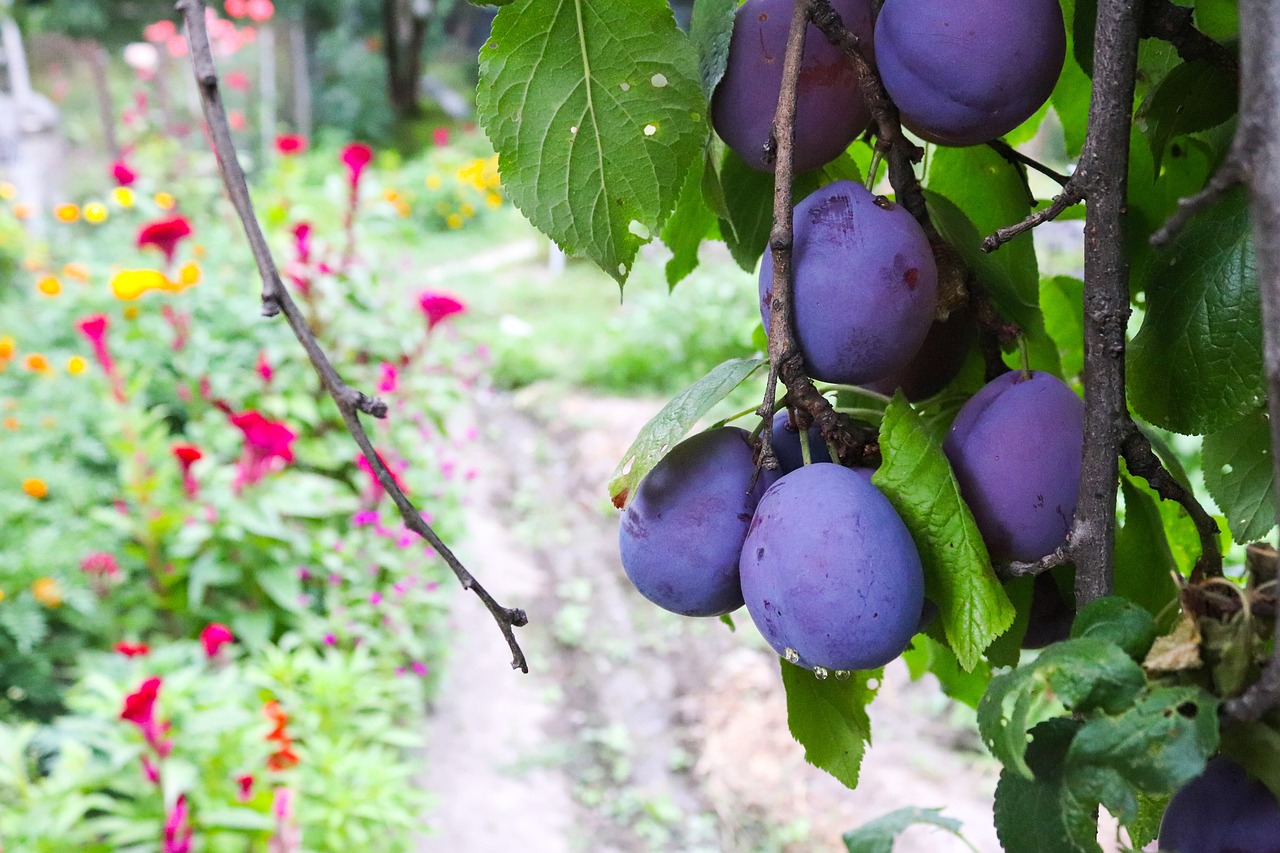
Maintenance of Pruning Tools
Taking care of your pruning tools is just as important as knowing how to use them. After all, a well-maintained tool can make the difference between a clean, precise cut and a jagged, damaging one. Imagine trying to slice a loaf of bread with a dull knife; it’s frustrating and messy, right? The same principle applies to pruning. Dull or dirty tools can lead to poor cuts that stress your plants and may even invite diseases. So, let’s dive into the essential maintenance practices that will keep your pruning tools in top shape and your garden thriving.
First and foremost, cleaning your tools after each use is crucial. This simple step can prevent the spread of plant diseases. After pruning, wipe down the blades with a cloth to remove sap and debris. For a deeper clean, you can use a mixture of water and mild soap. Rinse them thoroughly and dry them with a soft cloth to prevent rust. If you’ve pruned any diseased plants, it’s especially important to disinfect your tools before using them on healthy plants. A solution of 10% bleach or rubbing alcohol can do the trick. Just remember to rinse them with water afterward!
Next, let’s talk about sharpening. Just like that bread knife, your pruning shears need to be sharp for effective cutting. A dull blade can crush stems rather than cut them cleanly, which can lead to damage and disease. You can use a sharpening stone or a file to keep your blades sharp. Hold the blade at a 20-degree angle and make smooth, even strokes along the edge. If you’re not comfortable sharpening them yourself, many garden centers offer sharpening services. Regular sharpening is key; aim to sharpen your tools at the beginning of each gardening season and as needed throughout the year.
Lastly, don’t forget about storage. Proper storage can prolong the life of your tools significantly. After cleaning and sharpening, store your tools in a dry place to prevent rusting. Hanging them on a wall or keeping them in a tool box with a silica gel packet can help absorb moisture. You might also consider investing in a tool organizer or a dedicated storage shed. Keeping your tools organized not only protects them but also makes it easier to find what you need when you need it.
In summary, maintaining your pruning tools is essential for effective gardening. By regularly cleaning, sharpening, and properly storing your tools, you’ll ensure that they are always ready to help you create a beautiful and healthy garden. Remember, a little care goes a long way in keeping your plants happy and thriving!
- How often should I clean my pruning tools? It's best to clean your tools after each use, especially if you've pruned diseased plants.
- What’s the best way to sharpen my pruning shears? Use a sharpening stone or file at a 20-degree angle, making smooth, even strokes.
- Can I use any disinfectant for my tools? Yes, a solution of 10% bleach or rubbing alcohol works well, but always rinse with water afterward.
- Where should I store my pruning tools? Store them in a dry place, preferably hanging or in a tool box with silica gel to absorb moisture.
Frequently Asked Questions
- What is the best time to prune my plants?
The best time to prune your plants largely depends on the type of plant. For most deciduous trees, late winter or early spring is ideal before new growth begins. However, flowering shrubs often require pruning right after they bloom to avoid cutting off next year's flowers. Always consider the specific needs of your plants!
- How do I know if my tree needs pruning?
Look for signs such as dead or damaged branches, poor growth, or branches that cross each other. If your tree appears unbalanced or has excessive growth in certain areas, it’s time to grab those pruning shears! Regular checks can help keep your trees healthy and thriving.
- What tools do I need for effective pruning?
Essential tools include pruning shears for small branches, loppers for thicker branches, and saws for larger limbs. Each tool has its purpose, so make sure you have the right ones for the job to ensure clean cuts and minimize stress on your plants.
- How should I maintain my pruning tools?
To keep your tools in top shape, regularly clean them after use to remove sap and dirt. Sharpen the blades as needed to ensure clean cuts, and consider oiling the moving parts to prevent rust. Proper maintenance not only extends the life of your tools but also enhances their performance!
- Can I prune my plants too much?
Yes, over-pruning can harm your plants! It's essential to follow guidelines for each plant type and avoid removing more than 25% of the plant at one time. Remember, less is often more when it comes to pruning. Always prioritize the health of your plants!
- What are the benefits of pruning?
Pruning helps promote healthy growth, enhances fruit and flower production, and maintains the overall shape and structure of your plants. By removing dead or diseased branches, you can also prevent the spread of pests and diseases, which is a win-win!



















